





Motorways
Motorways (or expressways or freeways) are divided roads with design speeds typically ranging from 90km/h to 120km/h that connect to surrounding road networks with grade separated intersections.
Access to motorways is limited to motorised vehicles, and in some cases, motorcycles, bicycles, other slow-moving vehicles (e.g. tractors) and pedestrians are not permitted to access motorways.
However, motorways can vary significantly in terms of design and operating characteristics. In low-lying areas these roads have generous alignment on embankments and river crossings. In mountainous areas, bends and gradients are common on these roads with frequent viaducts, deep cuttings and tunnels.
In urban areas, motorways carry high traffic volumes but are often constrained in alignment. They are also characterised by more frequent grade separated intersections which may cause congestion and are often elevated about the city road network. This elevation often creates complex and constrained road environments at the ground level which can impede access, especially for pedestrians and bicyclists, and introduce safety risks.
Motorways generally have very good safety performance because they service largely homogenous traffic flows (usually with few or no pedestrians and bicyclists, and sometimes no motorcycles) and head-on, run-off and intersection risks managed well. However, because travel speeds are high, they can be prone to road safety issues if essential design principles are not strictly applied or excessively relaxed in order to cut costs.
The safety of motorways is also a concern in hilly terrains due to more frequent curves, changes in gradient, reduced carriageway width (i.e. fewer number of lanes and narrower paved shoulders) and tunnels. Where these roads are first introduced into a country or area, safety problems can arise if users are not familiar with the driving rules and higher operating speeds. Ensuring that vehicles can periodically safe safely along the road is important for managing breakdowns or other emergency situations.
Technology such as variable speed signs, ramp signals, travel time signs, vehicle sensors and CCTV cameras are increasingly being used on motorways as part of a dynamic traffic system that responds in real time to what’s happening on the road at any point in time.
Case Studies
Related Images
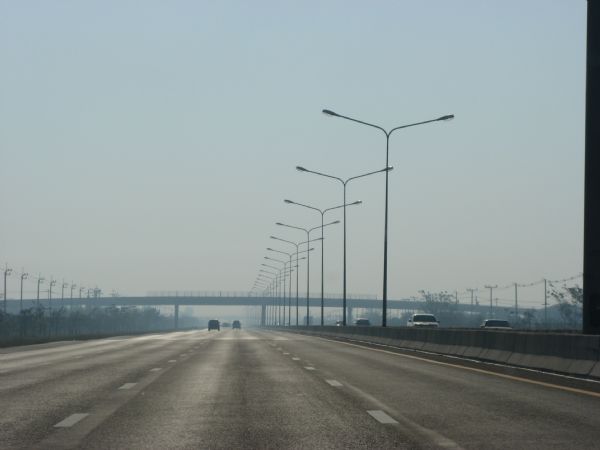 A wide lane freeway in Thailand with street lighting. Image credit: Peter Croft
A wide lane freeway in Thailand with street lighting. Image credit: Peter Croft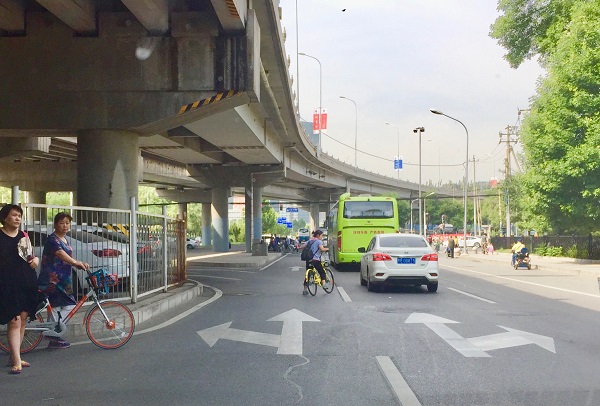 Area underneath a motorway in China. Image credit: Monica Olyslagers
Area underneath a motorway in China. Image credit: Monica Olyslagers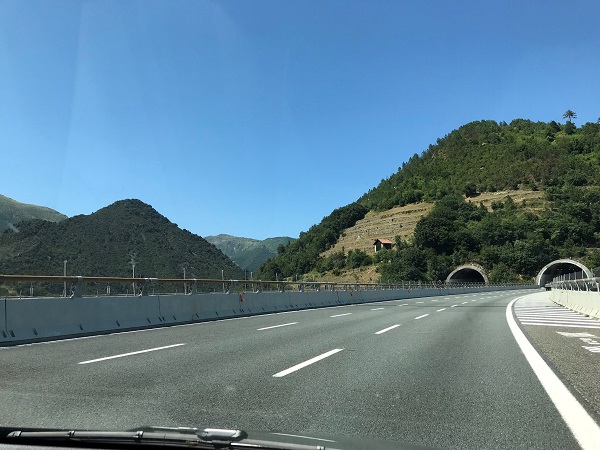 Motorway in France. Image credit: iRAP
Motorway in France. Image credit: iRAP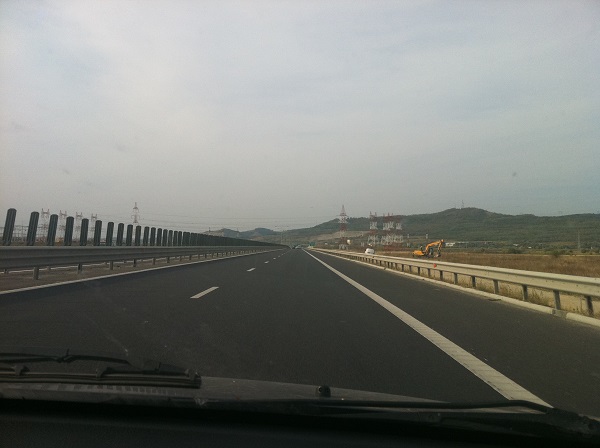 Motorway with safety barriers, wide shoulder and rumble strip edge lines in Romania. Image credit: Alina Burlacu
Motorway with safety barriers, wide shoulder and rumble strip edge lines in Romania. Image credit: Alina Burlacu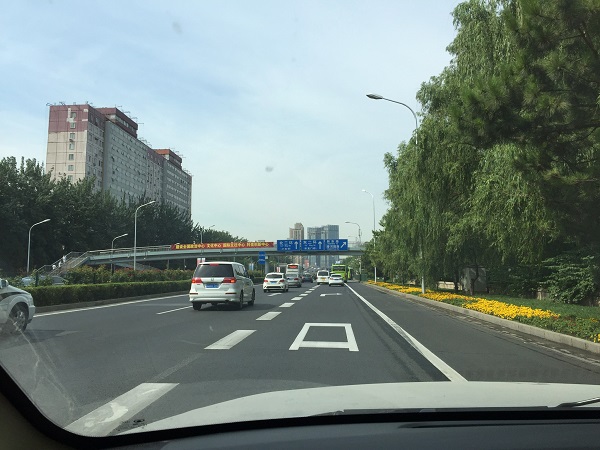 Urban expressway in Beijing. Image credit: Monica Olyslagers
Urban expressway in Beijing. Image credit: Monica Olyslagers








